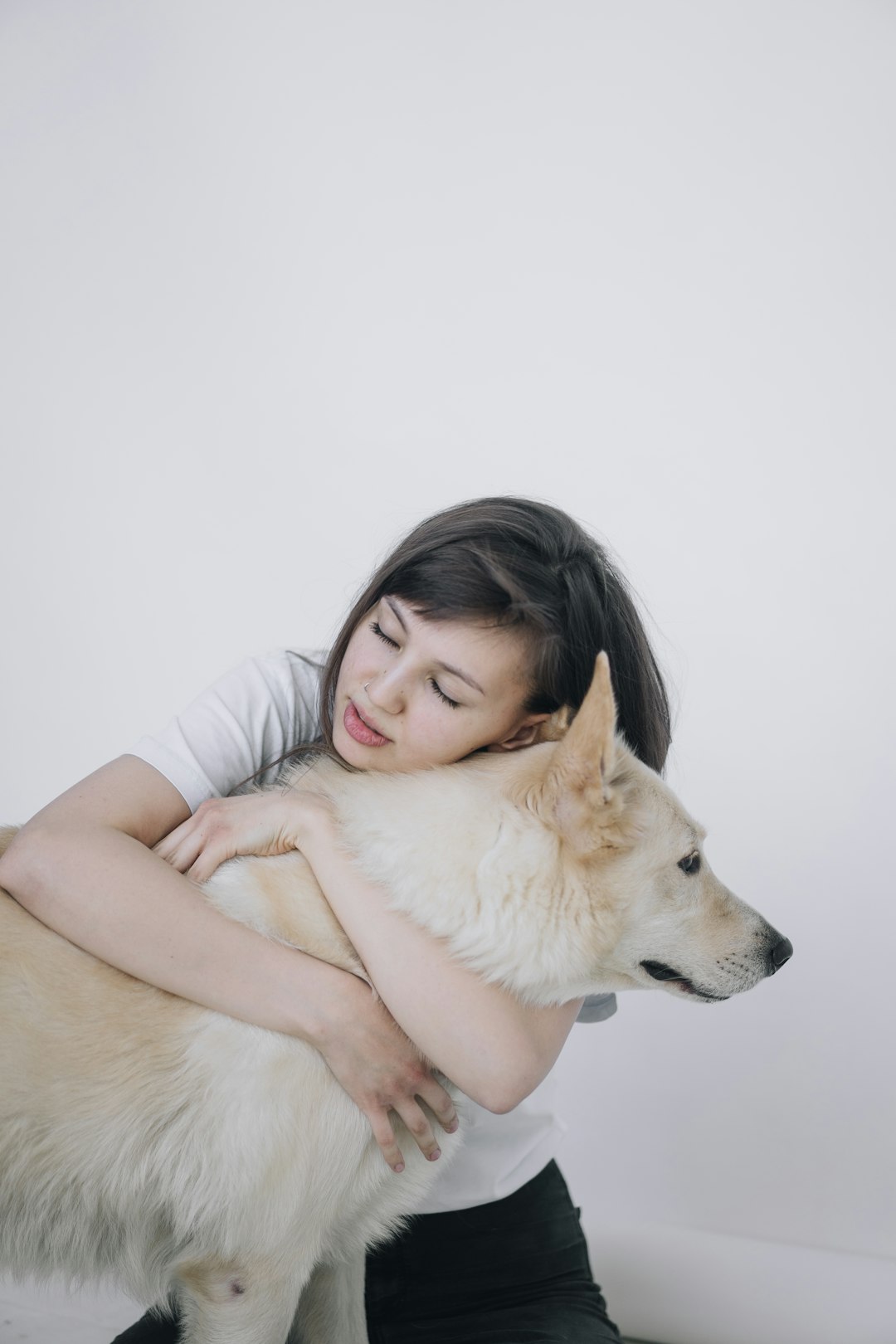When a cherished family pet dies, it can be the first time a child experiences deep grief and loss. This moment is heart-wrenching for parents who must not only manage their own sorrow, but also help their child navigate confusing and powerful emotions. How do you talk to children about the death of a beloved pet? What strategies truly help kids mourn, make meaning, and heal? This comprehensive guide provides practical advice, compassionate validation, and real-world examples to support your family through pet loss.
Why Pet Loss Hurts Kids: Understanding Childhood Grief
For children, pets are more than animals—they are nonjudgmental friends, sources of comfort, and key companions throughout daily routines. Losing a pet can shake a child’s sense of safety and raise difficult questions about death, permanence, and love.
The Unique Bond Between Kids and Pets
- Unconditional love: Pets accept children as they are, soothing hurts and worries.
- Daily rituals: Children structure days around caring for and playing with pets.
- Emotional confidants: Kids often share secrets or feelings with pets they may not tell anyone else.
When a pet dies, it’s common for children to feel intense sadness, anger, confusion, or even guilt—especially if the pet was ill or euthanasia was involved. Some may have trouble sleeping, regress in behaviors, or fear that other loved ones could die, too.
How to Talk About Pet Loss With Children
Honest and age-appropriate conversations are essential for helping children process grief. While you may want to soften the truth to protect their feelings, gentle honesty builds trust and helps children make sense of their emotions.
Tips for Explaining Pet Death to Kids
- Use clear, simple language. Instead of saying “Fluffy went to sleep,” explain that “Fluffy died, which means her body stopped working and she won’t be coming back.” Avoid euphemisms that can confuse or frighten children.
- Validate feelings. Let children know that feeling sad, angry, or even relieved after a pet’s illness are all normal reactions to saying goodbye.
- Encourage questions. Answer questions openly, no matter how hard they are. It’s okay not to have all the answers—your willingness to talk matters most.
- Share your own feelings. Modeling sadness shows children they are not alone, and that expressing grief is healthy for the whole family.
Supporting Kids Through the Grief Process
Every child grieves in their own way and at their own pace. Some may want to talk about their pet constantly, while others need extra space or appear to move on quickly. No reaction is “wrong.” Patience and openness are key as your child adapts to loss.
Age-Specific Grieving Patterns
- Young children (ages 3–6): May have trouble grasping the finality of death. Expect repeat questions and magical thinking (“Can we visit our puppy in heaven?”).
- School-age kids (ages 7–12): Begin to understand death is permanent and may ask deeper questions about what happens after someone dies.
- Teens: Understand death intellectually and may grieve privately, journal, or talk more with peers than with family.
Whatever your child’s age, consistency and routine help build security after a loss.
Ways to Comfort Your Child After Losing a Pet
- Reassure them that their feelings are okay and you are there for them.
- Share memories together—look at photos, tell favorite pet stories, or draw pictures.
- Consider gentle rituals like lighting a candle, planting a tree, or making a scrapbook.
- Maintain regular routines to provide structure and normalcy.
- Be available for hugs, cuddles, and quiet time, understanding that words aren’t always necessary.
Should You Replace a Pet Right Away?
After pet loss, some children immediately ask for a new pet—others shy away from the idea. There is no universal right answer about when (or whether) to bring another animal into your home. It’s generally wise to give everyone, including yourself, some time to grieve before considering a new pet. Talking as a family about what you loved about your pet, and how you’re feeling now, opens space for healthy healing and thoughtful decisions.
Common Questions Kids Ask About Pet Loss—And Sample Answers
Honest questions can sometimes be heartbreaking to hear, but they are signs your child is processing grief.
- “Why did our pet die?”
“All living things eventually die. Our bodies wear out or get sick. It wasn’t anyone’s fault.” - “Did I do something wrong?”
“No, nothing you did or didn’t do caused this. Sometimes, even with the best care, pets die. We loved [pet’s name] very much, and that is what matters most.” - “Where is [pet’s name] now?”
“Different people believe different things. Some believe pets go to heaven; others say they live on in our memories. What do you think?” - “Will I forget our pet?”
“No one can ever take the memories you have. We can talk about [pet’s name] anytime you want.”
When to Seek Extra Help for Kids Grieving a Pet
Sometimes the pain of a pet’s death is so profound that children struggle to bounce back, or their grief triggers anxiety or depression. Signs that your child may need extra support from a counselor or therapist:
- Grief disrupts sleep, appetite, or daily life for more than a month
- Persistent feelings of guilt or responsibility
- Withdrawal from friends, family, or activities they usually enjoy
- Expressing thoughts of self-harm or harm to others
There is no shame in reaching out for professional help if your child’s grief feels overwhelming. Many communities have counselors who specialize in childhood loss—including pet loss—and who can provide targeted coping strategies.
Ways to Honor and Remember a Beloved Pet
Creating a special way to honor your pet helps children say goodbye and cherish good memories. The farewell can be as simple or elaborate as your family needs.
Meaningful Memorial Ideas for Kids
- Hold a small family ceremony where everyone shares their favorite memory
- Make a memory box with photos, drawings, and the pet’s favorite toy or collar
- Plant a flower or tree in your backyard as a living memorial
- Read a beloved book about pet loss together (The Tenth Good Thing About Barney or Goodbye Mousie are gentle classics)
- Write a letter to the pet saying goodbye or expressing love
Let children be creative and decide how they want to be involved. Even reluctant kids often take comfort in small rituals of remembrance.
How Grieving Pets Affect Other Children (and Parents)
While much of the focus is on a child’s grief, remember that adults are also saying goodbye to a dear friend—and that every family member, including siblings, may process loss differently. Some children may reopen their grief after seeing others cry, or feel compelled to “be strong” for the family. Encouraging everyone to share, cry, and support each other fosters compassion and connection.
Books and Resources for Navigating Pet Loss
Books and online resources can support families as they talk through loss. Here are some parent- and child-tested favorites:
- The Goodbye Book by Todd Parr (Ages 3+): Simple, direct language to help little ones process loss.
- Dog Heaven & Cat Heaven by Cynthia Rylant (Ages 3–8): Gentle, affirming guides with beautiful illustrations.
- When a Pet Dies by Fred Rogers (Ages 4–8): Reassuring, kind, and direct.
- Rainbow Bridge Pet Loss Support Community: rainbowsbridge.com
- Local animal shelters: Many offer grief support groups for families after pet loss.
Conclusion: You and Your Child Can Heal After Pet Loss
Losing a pet is one of childhood’s hardest lessons in love and impermanence. While you can’t erase your child’s pain, your honest communication, compassionate support, and willingness to share sadness together are powerful tools for healing. Grief will lessen with time, but the love you shared with your pet—and each other—remains.
Honor your memories, be gentle with yourself and your child, and know that with the right support, your family can move forward, carrying your pet’s legacy in your hearts.




